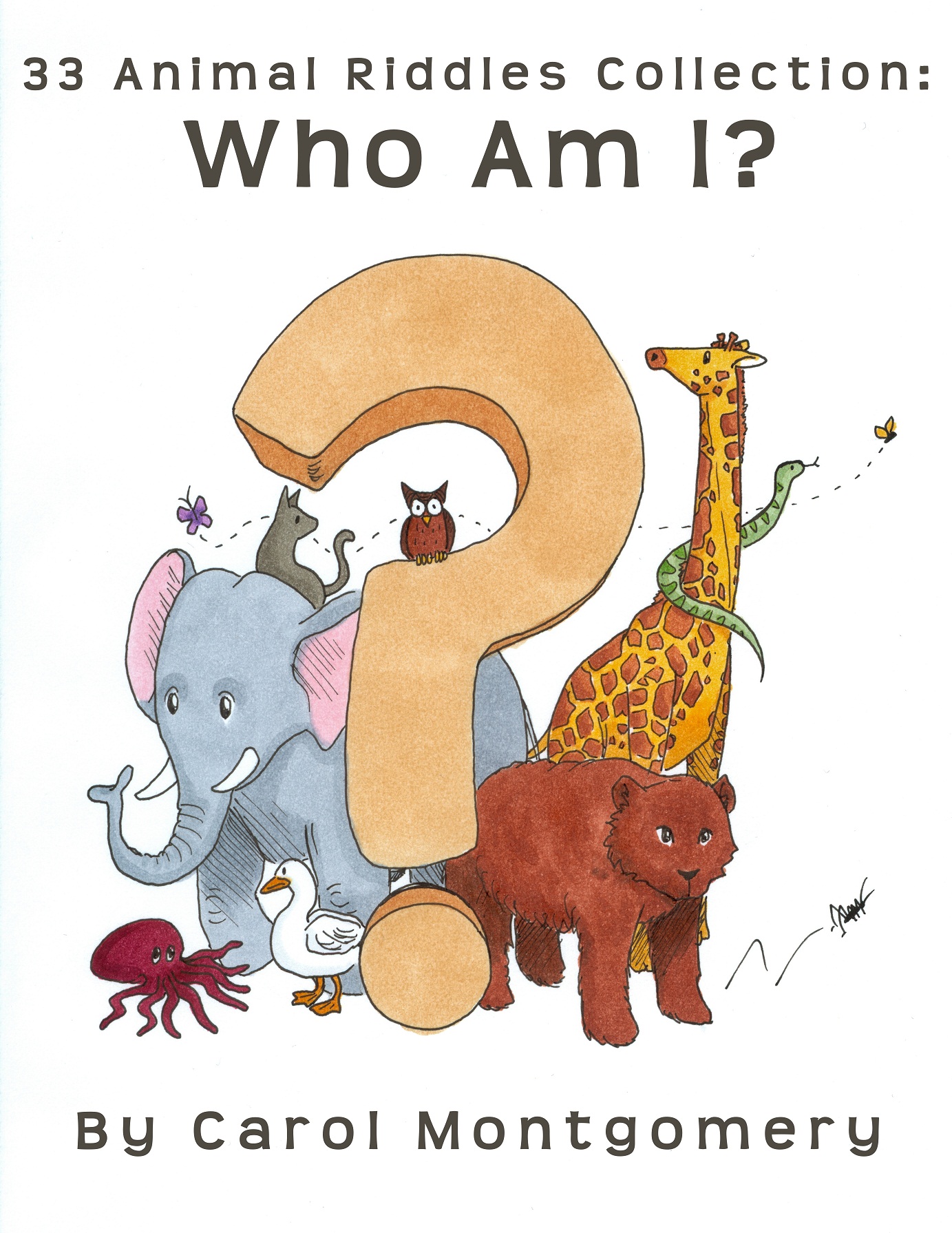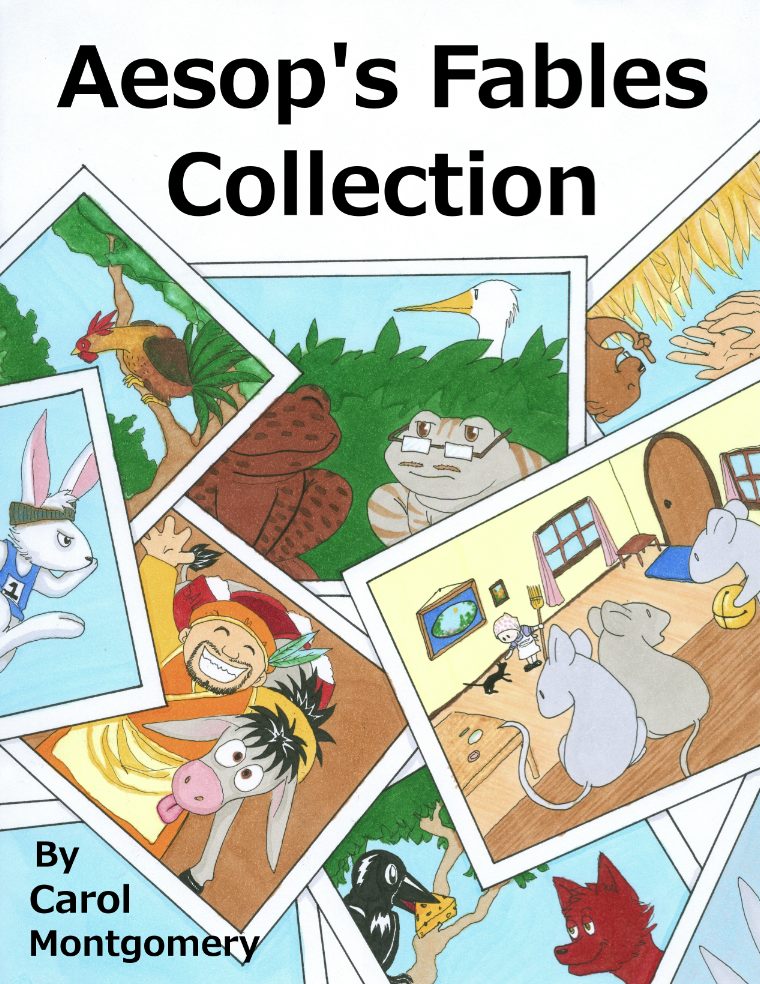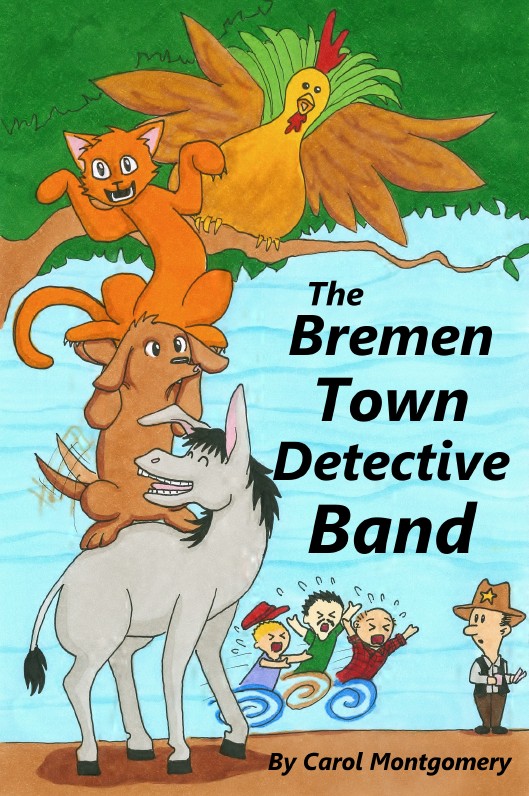 In September 2010, Readers Theater All Year was a brand new online experiment. No one knew we existed. I wasn't good with technology. I didn't have many scripts written, but I persisted. I knew Readers Theater could transform lives, families, classrooms, and schools. Eventually, I received this inspirational email from a teacher:
In September 2010, Readers Theater All Year was a brand new online experiment. No one knew we existed. I wasn't good with technology. I didn't have many scripts written, but I persisted. I knew Readers Theater could transform lives, families, classrooms, and schools. Eventually, I received this inspirational email from a teacher:
I loved doing Readers' Theatre with my 3rd graders. The great thing about RT is that it has built in differentiation so the higher level readers were challenged and the struggling readers and ESL students were engaged and motivated to read their lines fluently through repeated readings. Students practiced their lines 4 nights a week for homework and on Fridays they read aloud during class time. Everyone really looked forward to performing!
Last year I noticed that RT was a formal part of remediation for students that performed below grade level on assessments. I was happy to be ahead of the curve!!
Trisha F.
Let's make it easy for YOU to get "ahead of the curve" and incorporate Readers Theater into your September back-to-school plans. You already know:
• Readers Theater overlaps reading, writing, listening, thinking, speaking, and small group skills in a highly motivating activity.
• Readers Theater builds fluency, confidence, life-long skills, and more for meeting local standards and equipping students for success.
• Readers Theater integrates topics and learning multiple ways so that teachers can accomplish a lot in one delightful activity (e.g., health Readers Theater, history Readers Theater, science Readers Theater...).
• Readers Theater simplifies lesson planning with a single activity that can be repeated regularly–even daily or in learning centers.
• Readers Theater is easy, fun, and affordable for every age.
.
So, here are 5 short September Readers Theater ideas to help simplify your planning:
1. Enjoy our free back-to-school script: "Back-to-School Team vs. Salamander Sly." Salamander Sly coaches an invisible team called The Distractions. Discuss ways that the home team beats the sneaky Salamander Sly and The Distractions. Are there any parallels to real life? Let small groups figure out practical applications. (Readability = grade 2.3 with some parts harder, topic appeals to grades 2-6)
2. Honor our 9/11 heroes with our free 9/11 Readers Theater scripts: "9/11 Heroes" (Readability = grade 2.7) and "Never, Never, Never Forget 9/11" (Readability = grade 6.2, but some parts are easier) As always, both come with vocabulary lists and annotated curriculum links for easy lesson plans. In "Never, Never, Never Forget 9/11" the Statue of Liberty tells the story of September 11th from her perspective, with real news broadcasts intertwined. "Remembering 9/11 in My ELA Classroom" describes how one teacher helped her students learn about 9/11 using Readers Theater and other sources (includes photos of students reading aloud).
3. Remember September marks the birthday of the Star-Spangled Banner, the national anthem of the United States. The original poem was probably written September 14, 1814, and first published September 20th during the ongoing War of 1812. You can create your own Readers Theater from the lyrics of the song. Then, read the lyrics of the Star-Spangled Banner chorally. Or, enjoy our free script "The Betsy Ross Story" which presents the story of the first flag of the United States (Readability = grade 5.2).
If you're a Script Buffet Club member you have several other options, but you must be LOGGED IN to download the scripts:
• "The Star-Spangled Banner Lyrics" adapted for choral Readers Theater (Readability = grade 3.1)
• "Francis Scott Key, the Flag, and the Song," our easiest Readers Theater about "The Star Spangled Banner" (Readability = grade 0.9, think grades 1-2)
• "Francis Scott Key and the Star Spangled Banner (Simplified)" –with patriotic excitement and historical quotes (Readability = grade 4.6)
• "Francis Scott Key and the Star Spangled Banner"–with patriotic excitement and historical quotes (Readability = grade 5.9)
• "Francis Scott Key and the Star Spangled Banner (Middle School)"–with patriotic excitement and historical quotes (Readability = grade 7.1)
4. Build leaders in emergent and beginning readers using easy Readers Theater scripts–perfect for ELL students (English Language Learners). You'll find simple scripts in a variety of places online (some based on picture books) or write your own. Unfortunately, some of the Readers Theater scripts online are not printable, but you can retype them.
We have a growing collection of "Easy, Emergent, Beginning Reader" scripts for our Script Buffet Club members that include easy partner plays, short vowel focus, long vowel focus, and more. (Note: The scripts are the same for all grades; however, I have tried to eliminate the more juvenile scripts for beginning readers in grades 6-8. Use the Script Buffet Table.)
You may also purchase collections of our easy scripts from our Readers Theater All Year Store (Script Buffet Club members get a 60% discount):
• "22 Short Vowel Readers Theater Scripts & Partner Plays with Flexi-Curric™," several easy scripts for motivating practice with each short vowel
• "33 Animal Riddles Collection of Readers Theater Partner Plays with Flexi-Curric™," one-page scripts for lots of fun building fluency
Remember, Readers Theater partner plays work great with puppets, too. Our Pinterest board "Puppet Theater Fun" has some ideas to help you.
5. Overlap science and nature study by using a Readers Theater script with crickets. Fall is a great time to catch crickets! :) We kept a male pet cricket every year I was in the classroom so we could watch him eat and sing. And, we had several pet crickets when our children were growing up. All of the children LOVED it! And, the teacher did, too! :)
I remember the students in a fourth grade class I was teaching working quietly at their desks when our pet cricket started to sing. I told the children that they could sneak up to see him singing one at a time. One of the tallest students, Grant, sat in the back of the room. Grant excelled at everything–even crawling on hands and knees all the way up the aisle of desks to sneak up on the singing cricket!
QUICK CRICKET TIP: A male cricket has only two prongs at the tip of the abdomen while females have three prongs. (Her center prong is an ovipositor for laying eggs.) Remember, only the male crickets sing!
Teach your students how to write a simple class Readers Theater by having them dictate a cricket story with cricket facts. You may use technology and library books in small groups to help. Here's a video of a cricket chirping (from our curriculum links), but having a LIVE cricket will inspire them more. Our Choral Readers Theater script "Bees, Crickets, Ladybugs, and What?" includes a few fun facts about crickets and some other insects. (Readability = grade 1.0, for Script Buffet Club members).
One of our Script Buffet Club members requested a Readers Theater script based on a Guatemalan folktale that featured a cricket to go along with her study of A Cricket in Times Square. I adapted the folktale into a script for our Script Buffet Club members:
• "Fiddlewings the Cricket Sings (Simplified)," a light-hearted character-building story (Readability = grade 1.6)
• "Fiddlewings the Cricket Sings", a light-hearted character-building story (Readability = grade 3.6)
• "Fiddlewings the Cricket Sings (Advanced)," a light-hearted character-building story (Readability = grade 4.0)
No matter what scripts you choose, remember that Readers Theater benefits you and you students multiple ways not just in September, but all year long! Our trustworthy scripts make it easy. What kind of scripts will you choose?










.jpg)

